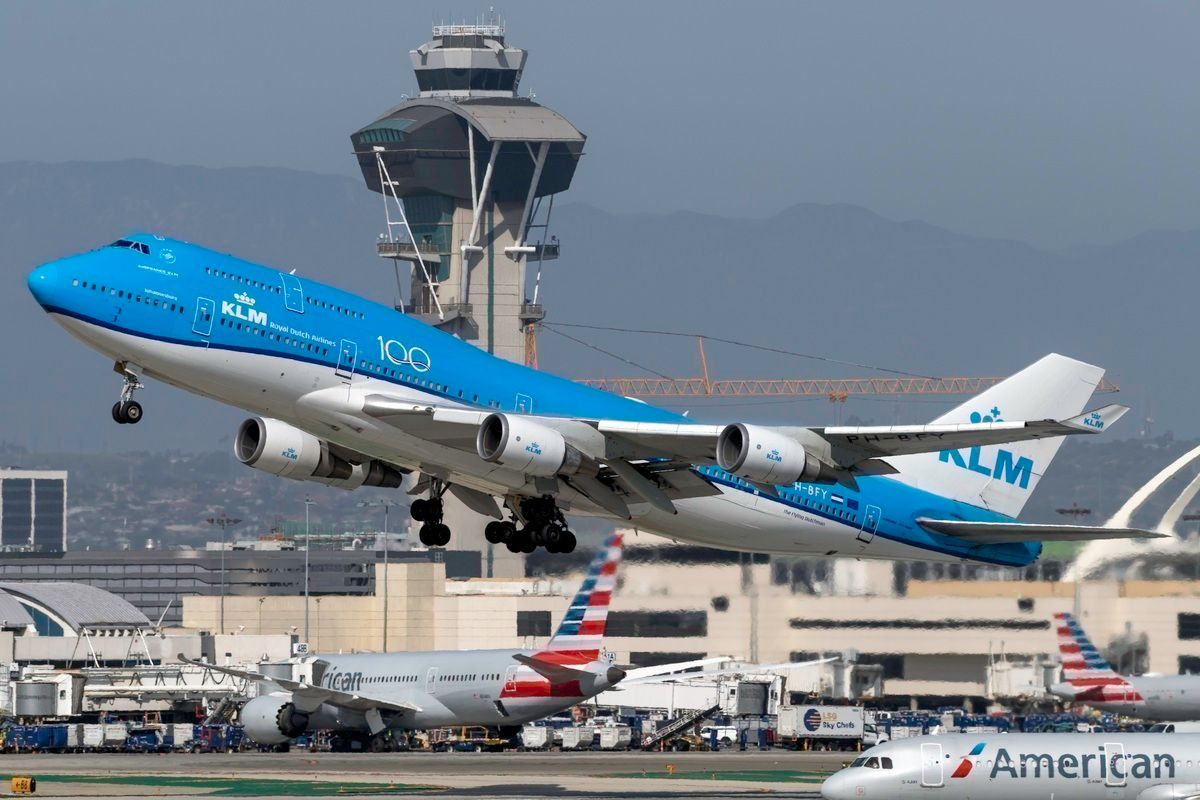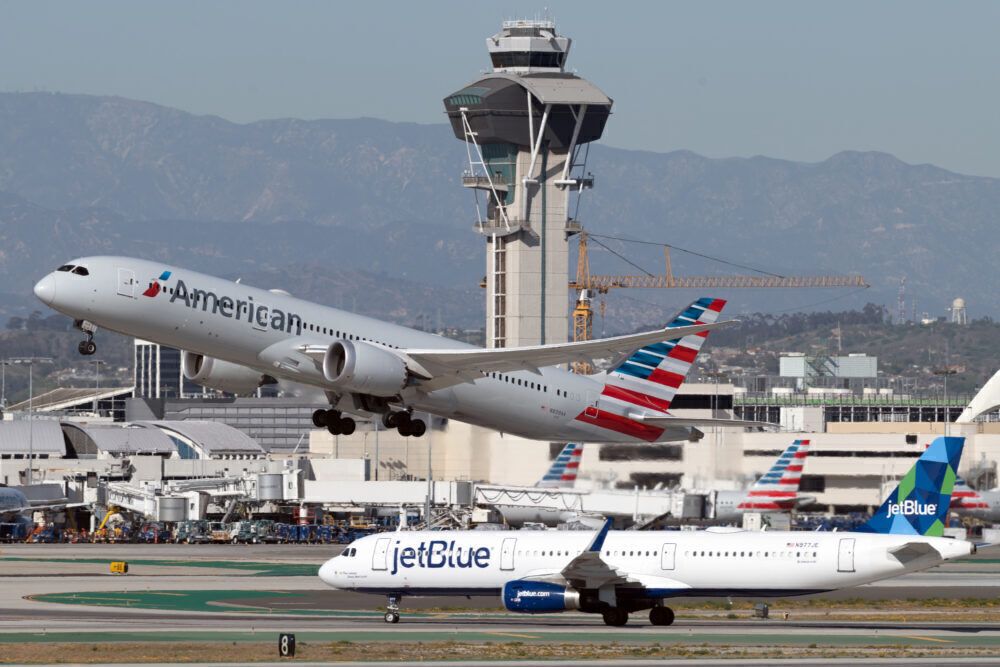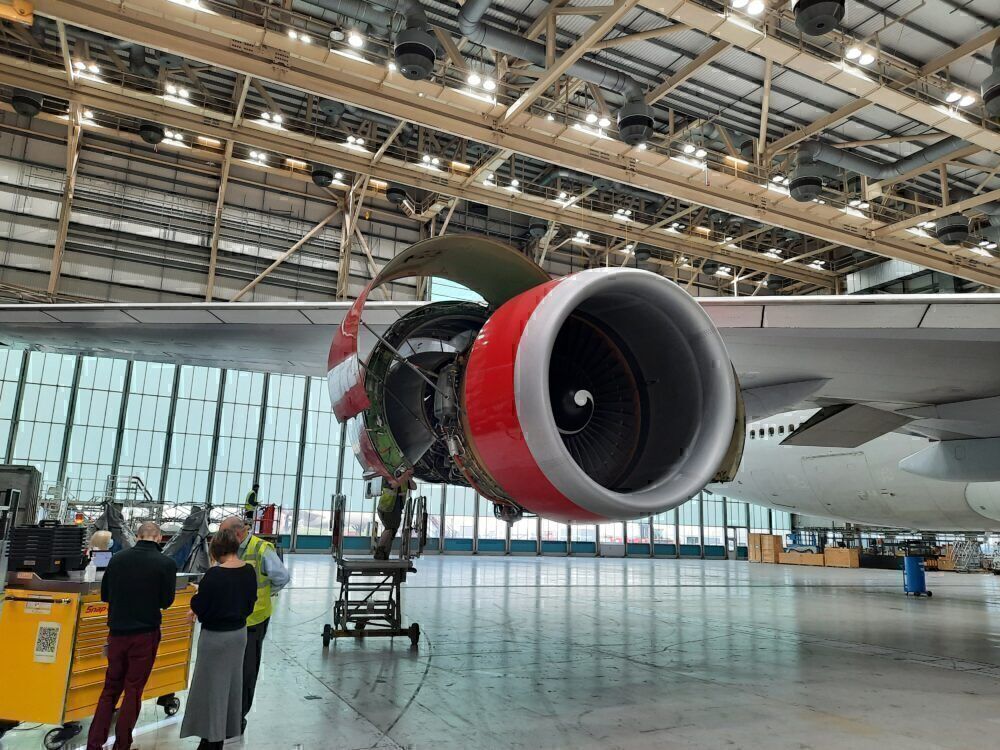Wherever it is in the world, an airliner's departure will typically be an impressive display of noise and power. Of course, such spectacles have these characteristics due to the forces needed to lift the aircraft's weight off the ground. However, despite this, an airliner will rarely use its full capabilities on takeoff as far as thrust is concerned. But why is this the case?
Pre-determined power
The amount of thrust that an airliner uses to take off is the result of a calculated decision based on several factors. Rarely does this calculation result in a plane needing to use its full thrust capabilities in order to lift off from a given runway.
When an amount of power below an aircraft's full capabilities is used, this is known as 'derated' thrust. John Cox explains in USA Today that:
"Most takeoffs use 'derated' thrust to save engine wear. For each takeoff, performance is calculated, the necessary power setting is determined, and the thrust setting is made. Usually, this is below the maximum available level, and is known as a derated thrust takeoff.
Stay informed: Sign up for our daily and weekly aviation news digests.
In the interests of engine preservation
As Cox observes, an important factor of not departing using full power is the preservation of an aircraft's engines. This has positive impacts in terms of an airline's finances. However, most importantly, it also increases the plane's safety levels. Cox adds that:
"Derates improve engine life and reliability. In addition to lowering operating costs, they decrease the likelihood of an engine failure. All jets use some form of derated or reduced-thrust takeoffs."
The decreased likelihood of an engine failure minimizes the risk of the aircraft in question being involved in an accident. Engine failures can be either contained or uncontained, and Simple Flying explored the differences between these types of incidents in February. While many engine failures result in a successful emergency landing or aborted takeoff, reducing the likelihood of more serious incidents remains a worthy cause.
Derated thrust leaves space to adjust
Of course, pilots can adjust thrust levels during their takeoff roll if necessary. Indeed, the use of derated thrust in the first place, as well as the length of runways in general, makes this possible. Regarding changes to thrust levels during takeoff, Cox notes that:
"When using this method during takeoff, it is always possible to increase to full power if the situation requires. The captain always makes the final decision whether to use full thrust or derate."
Overall, the decision to use derated thrust for the majority of departures is the culmination of several interesting factors. However, with space left to adjust and engine wear reduced as a result, it is welcoming, if unsurprising, to know that safety is at the heart of it.
Did you know that aircraft rarely utilize full thrust when taking off? Perhaps you've been onboard on an occasion when all of the plane's power has been deployed after all? Let us know your thoughts and experiences in the comments.



